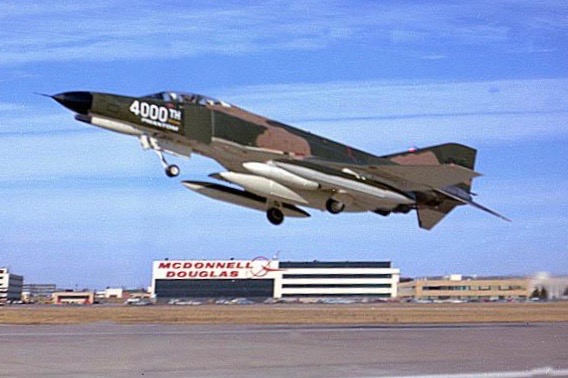
 1 February 1971: The 4,000th McDonnell Douglas F-4 Phantom II, F-4E-44-MC serial number 69-7294, was delivered to the United States Air Force.
1 February 1971: The 4,000th McDonnell Douglas F-4 Phantom II, F-4E-44-MC serial number 69-7294, was delivered to the United States Air Force.
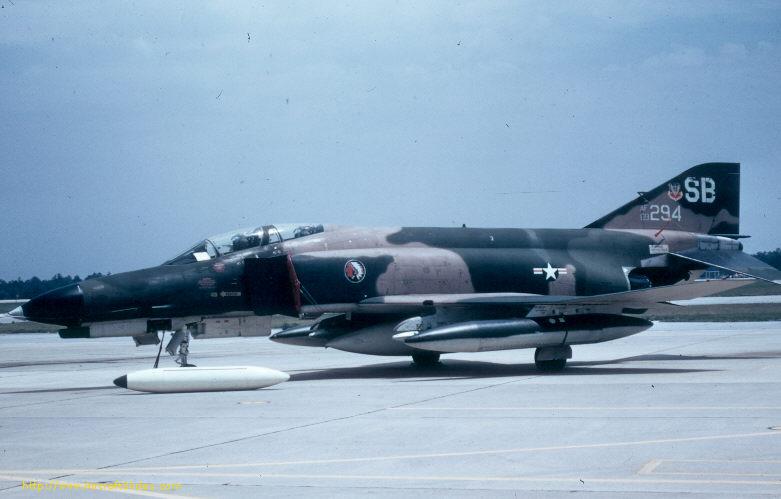
In 1989, 69-7294 was converted to the F-4G Wild Weasel V configuration. The Wild Weasel was an aircraft equipped to attack surface-to-air missile sites and targeting radars, using a variety of high-speed radar-homing missiles. The F-4G had its M-61 Vulcan rotary cannon removed and replaced with a radar homing and warning radar, as well as improvements to the rear cockpit for management of electronic warfare systems. 134 F-4E Phantom II fighters were converted to F-4G Wild Weasels.
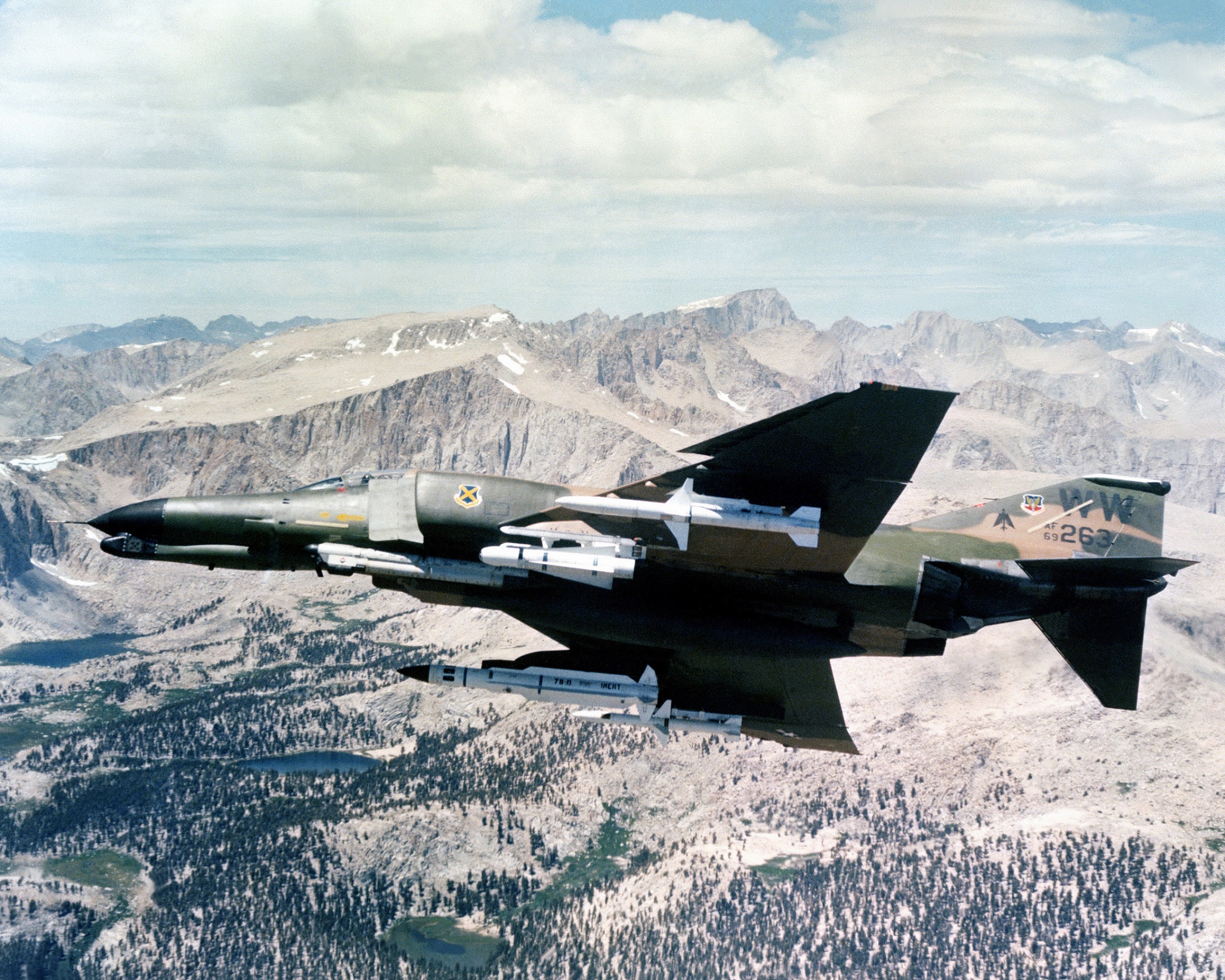
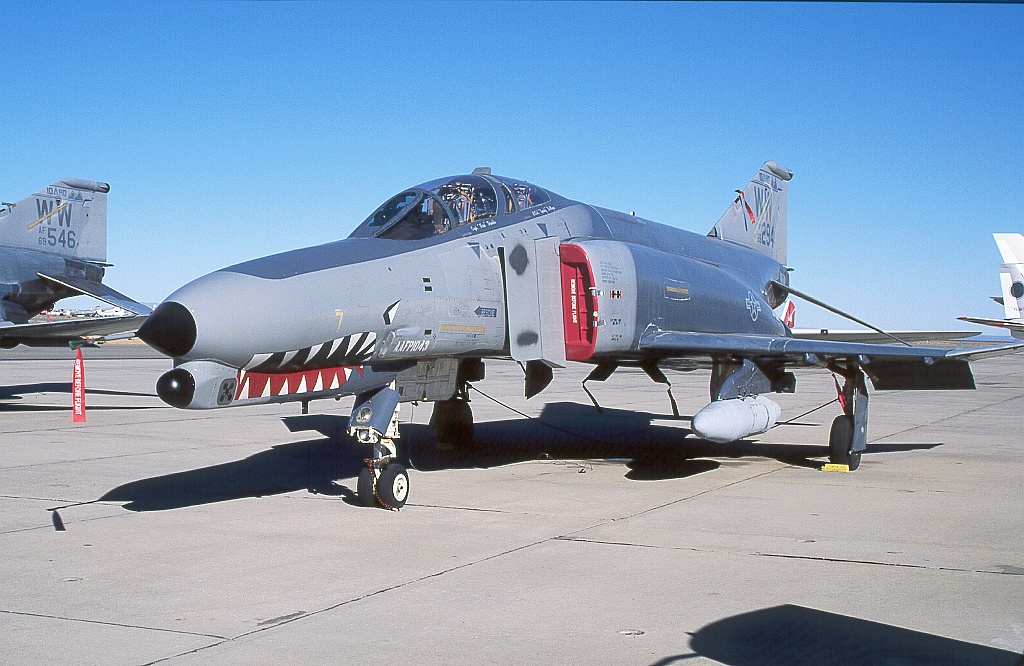
69-7294 served with the U.S. Air Force 90th Tactical Fighter Squadron, 3rd Tactical Fighter Wing at Clark Air Base in the Philippines and in Southwest Asia during the Gulf War as part of the “Philippine Expeditionary Force” and later in Operation Southern Watch with the 190th Fighter Squadron, Idaho Air National Guard. After twenty-five years, 7294 was retired to The Boneyard at Davis-Monthan Air Force Base, Tucson, Arizona in 1996.
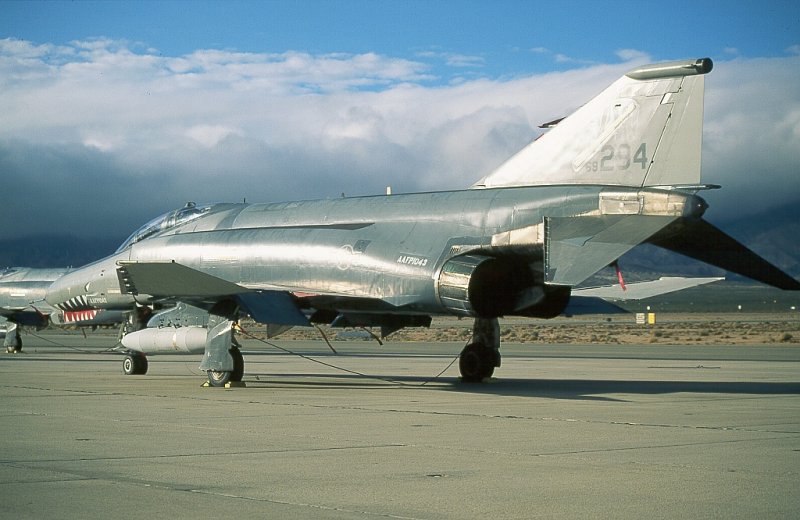
The Wild Weasel was next converted to a QF-4G drone. Removed from long term storage and returned to airworthy condition by the Aircraft Maintenance and Regeneration Center, 7294 was flown to Mojave Airport, California, where the drone conversion was completed by Tracor, Inc. Launched from Tyndall Air Force Base, Florida, 69-7294 was “expended” as a remote-controlled aerial target, 4 November 1998.
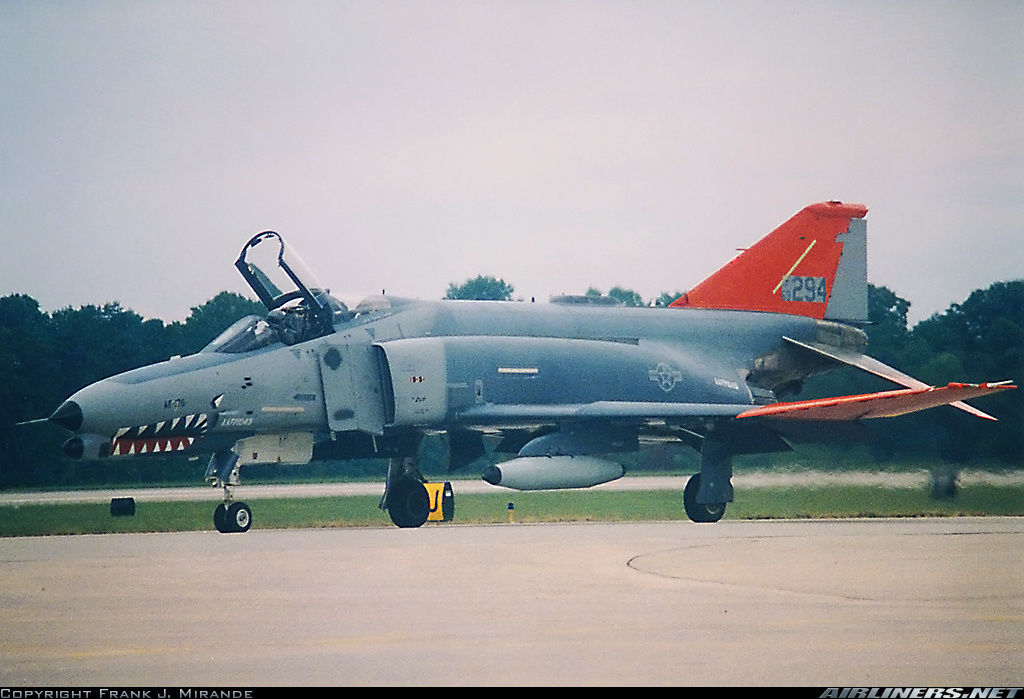
© 2018, Bryan R. Swopes
Loved working with the G variant as a crew chief onseveral of them including my own 69-7579
In the first photo, what types of drop tanks is the aircraft flying with? I’m trying to model this one. I know what the wing tanks are, but the two smaller tanks under the fuselage is more of a mystery.
Andrew, the centerline station should be a 600-gallon fuel tank. I believe that the item on the inboard station of the left wing is a travel pod (MXU-648???) I read somewhere that the F-4G carried an F-15 centerline tank.
Bryan,
Thank you so much for that! That’s exactly what it is. Apparently it’s just an empty BLU-27 without fins and an added door. It will be a couple of months, but I’d love to send you the completed photos of this model when I’m finished. 🙂 Thank you again for this wonderful webpage and piece of history.
Thanks, Andrew. Another mystery solved. 🙂
This f4 was at Seymour Johnson. Part of the 335th . 4th tac fighter wing. 335th chiefs paint on in 2nd picture. I worked on 294 1971.
I loved time in service 6-1959 to 2-1964, two yrs 9 mo in Itasuki air base in Japan.
I was at Seymour Johnson 1969-72 in the 335 Th instrument repair
I worked that jet as a WCS Technician at Osan Air Base from 1974-1976, and again from 1980-1981. This bird was jinxed! 1. Summer 1976: the 36th TFS was flying napalm drops at the range. 294 went to drop; two went, but two hung. They brought jet back WITHOUT self immolating. 2. Summer 1980: the 36th TFS was practicing cart starts as part of a Combat Turnraound exercise. I think it was the the right cart that exploded and set the airplane ablaze. I was down on Baker Diamond, where the 36th jets were parked. But at distance, I could still see orange flames under the right engine. After the investigation, they determined the AERO 27 launcher on the centerline was damaged beyond repair, which meant no Nuclear capability. I’m glad 294 got a rebirth as a Wild Weasel, and I’m sorry to hear it’s at the bottom of the Gulf of Mexico.